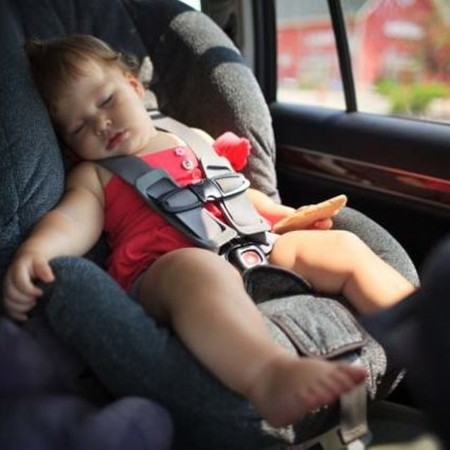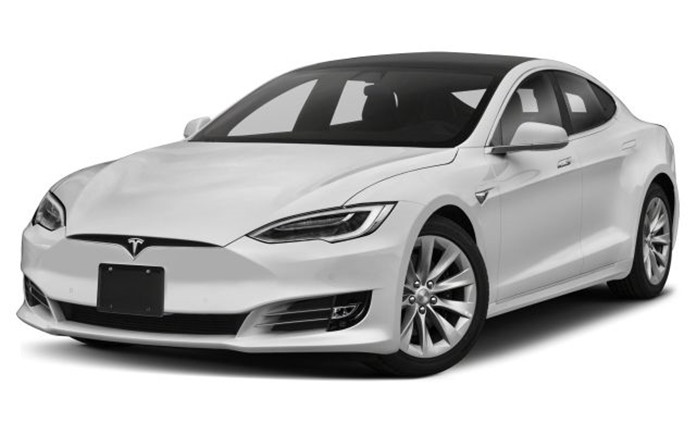Quite a lot actually. We learned that the current F1 drivers and teams are a bunch of prats. The final qualifying session where the 10 cars tripped over each other and finally ran out of time and were unable to get a second crack at pole position. This was ludicrous.
The race itself showed that Sebastian Vettel (Ferrari) has definitely passed his Use-By date. His race year so far has been full of elementary mistakes. He will retire at the end of this season. Or should retire at the end of this season.
Charles Leclerc, his “Junior” team partner at Ferrari, has shown himself to be a future world champion. The only factor that could hold him back is Ferrari’s unreliable strategies, though in this race in Italy it was exemplary.
The Italian GP also showed us that Lewis Hamilton (Mercedes) can get rattled and pressed into mistakes. He pressured Leclerc into a mistake, but then made mistakes himself, resulting in his giving way to Valtteri Bottas (Mercedes) and taking on a tyre change at the end of the race, to gain prestige and one point. Hamilton does not like to be the chaser.
Bottas had missed opportunities after displacing Hamilton and crossed the line in second, while Mercedes team-mate and world championship leader Lewis Hamilton finished third after tyre trouble and an unfortunate lock-up during the closing stages.

“What a race,” said Leclerc. “I have never been so tired. I made a few mistakes, but in the end I finished first so I am very happy.” The 21 year old had had the race of his life, but there will be more.
After the two Mercedes came the two Renaults in fourth and fifth with Ricciardo and then Hulkenberg. These were the best finishes for Renault this year, and may go to silence the critics of Ricciardo’s defection from Red Bull at the end of last year.
Alexander Albon (Red Bull) showed he is no meek and mild Thai copping a poor tactics flag for not leaving quite enough racing room. Putting the elbows out has always been an accepted maneuver. Time for the stewards to stop all the nonsense with their drive throughs and grid demotions for changes in engines. (They brought that rule in when I was racing in Australia. Fortunately both my engines had the same engine number.) An amazing happening.
The next GP is in Singapore on September 22 and the telecast starts at 7 p.m. for Thailand. I watch in Fletcher’s Folly, Siam Country Club Road, 300 meters before the Chicken Cross Roads.
Preventing Heat stroke deaths in children
Detroit (AP) — By the 2025 model year, nearly all new vehicles sold in the U.S. will come with electronic alerts to remind people to not leave children behind in the back seats.
Twenty automakers representing 98% of new vehicles sold have agreed to install reminders in an effort to stop heatstroke deaths.
So far this year 39 children have died in the U.S. after being left alone in cars during hot weather. The advocacy group Kids and Cars says a record 54 children were killed last year.

Vehicles would give drivers audible and visual alerts to check back seats every time they turn off the ignition.
“Automakers have been exploring ways to address this safety issue, and this commitment underscores how such innovations and increased awareness can help children right now,” David Schwietert, interim CEO of the Alliance of Automobile Manufacturers, a trade group that includes a dozen large car companies. Members of Global Automakers, an association of manufacturers based outside the U.S., also are taking part.
Automakers say the voluntary agreement will get the alerts installed faster than a government regulation, which takes four to eight years.
Only Tesla didn’t agree to the reminders, but it is not a member of either trade association.
Several automakers already are offering such a feature. General Motors, for instance, has a reminder on all of its four-door sedans, trucks and SUVs starting with the 2019 model year. The system issues alerts if the rear doors were opened before the start of a trip. Hyundai has pledged to make a similar system standard on its vehicles by 2022.
The auto alliance says the agreement is a minimum and doesn’t preclude automakers from coming up with more sophisticated solutions.
Kids and Cars said that the auto industry’s move is a way to avoid binding government regulations.
An alert every time a vehicle is turned off wouldn’t address nearly one-third of the hot car deaths in which children get into a car on their own and become trapped, the group said in a statement.
“In order for a system to be effective and comprehensive, the system must be able to detect the presence of a rear seat occupant, not just infer that there might be one,” the group said.
Autopilot flaw, driver inattention causes Tesla crash
Detroit (AP) — A design flaw in Tesla’s Autopilot semi-autonomous driving system and driver inattention combined to cause a Model S electric car to slam into a firetruck parked along a California freeway, a government investigation has found.
The National Transportation Safety Board (NTSB) determined that the driver was overly reliant on the system and that Autopilot’s design let him disengage from driving.
The agency released a brief report Wednesday that outlined the probable cause of the January 2018 crash in the high occupancy vehicle lane of Interstate 405 in Culver City near Los Angeles.
The findings raise questions about the effectiveness of Autopilot, which was engaged but failed to brake in the Culver City crash and three others in which drivers were killed since 2016.
No one was hurt in the I-405 crash involving a 2014 Tesla Model S that was traveling 31 mph at the time of impact, according to the report.
The crash occurred after a larger vehicle ahead of the Tesla, which the driver described as an SUV or pickup truck, moved out of its lane and the Tesla hit the truck that had been parked with its emergency lights flashing while firefighters handled a different crash.
The probable cause of the rear-end crash was the driver’s lack of response to the firetruck “due to inattention and overreliance on the vehicle’s advanced driver assistance system; the Tesla Autopilot design, which permitted the driver to disengage from the driving task, and the driver’s use of the system in ways inconsistent with guidance and warnings from the manufacturer,” the NTSB wrote in the report.
Tesla has said repeatedly that semi-autonomous system is designed to assist drivers, who must pay attention and be ready to intervene at all times. The company says Teslas with Autopilot are safer than vehicles without it, and that the system does not prevent all crashes.
CEO Elon Musk has promised a fully autonomous system next year using the same sensors as current Teslas, but with a more powerful computer and software. Current Teslas have more sensors than the 2014 model in the crash.
The report says the Tesla’s automatic emergency braking did not activate, and there was no braking from the driver, a 47-year-old man commuting to Los Angeles from his home in Woodland Hills. Also the driver’s hands were not detected on the wheel in the moments leading to the crash, the report said.
In the Florida crashes, one in 2016 and another in March of this year, the system failed to brake for a semi turning in front of the Teslas, and the vehicles went under the turning trailers. In the other fatality, in Mountain View, California, in March of 2018, Autopilot accelerated just before the Model X SUV crashed into a freeway barrier, killing its driver, the NTSB found.

Autopilot can steer a car in its lane, change lanes with driver permission, keep a safe distance from vehicles ahead of it and automatically brake to avoid a crash.
Autopilot gives drivers a warning if it doesn’t detect torque on the steering wheel at varying intervals. But unlike a similar system from General Motors, it does not watch the driver’s eyes to make sure he or she is paying attention.
Tesla said in a statement that Autopilot repeatedly reminds drivers to remain attentive and prohibits use of the system when warnings are ignored.
“Since this incident occurred, we have made updates to our system including adjusting the time intervals between hands-on warnings and the conditions under which they’re activated,” the statement said. Tesla said the frequency of the warnings varies based on speed, acceleration, surrounding traffic and other factors.
In the Culver City crash, the larger vehicle ahead of the Tesla changed lanes three to four seconds before the crash, revealing the parked fire truck, the NTSB said.
“The system was unable to immediately detect the hazard and accelerated the Tesla toward the stationary truck,” the report said. The system did spot the firetruck and issued a collision warning to the driver just under a half-second before impact — too late for a driver to act, the agency wrote.
The NTSB found that a stationary vehicle in the Tesla’s field of view is a challenge for the system to assess a threat and brake. It says that detection of stationary objects is challenging for all manufacturers of driver-assist systems.
 |
 |
 |





